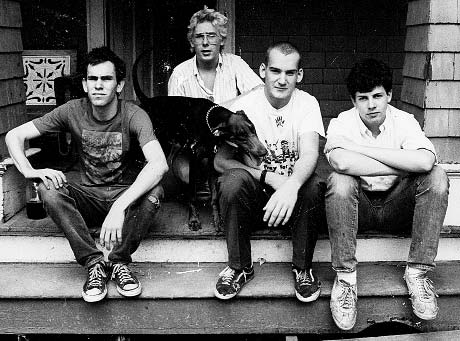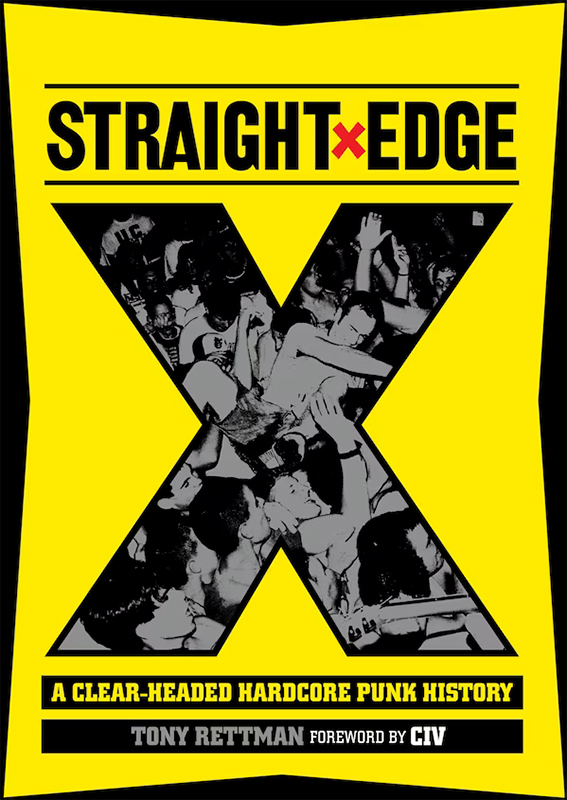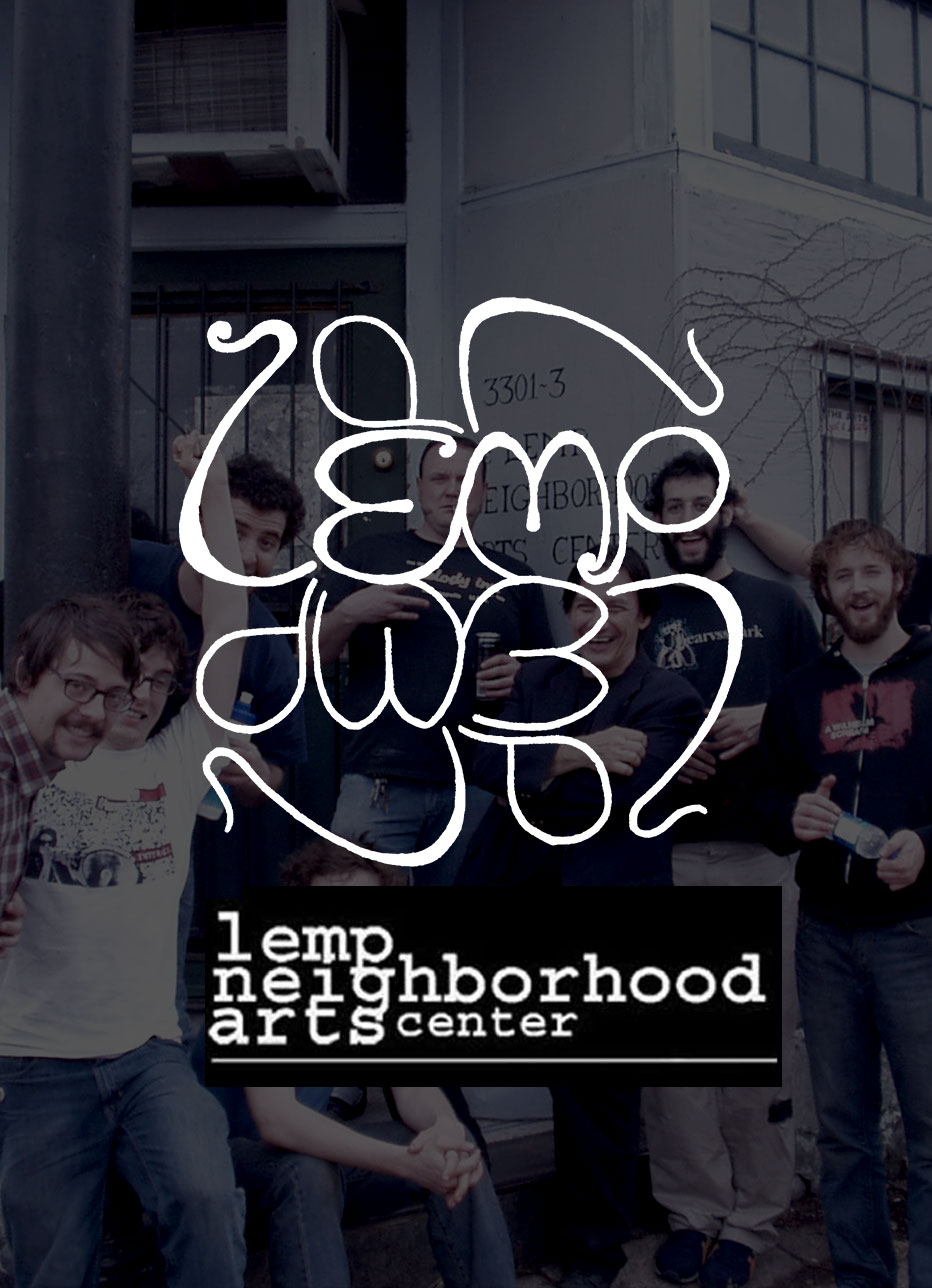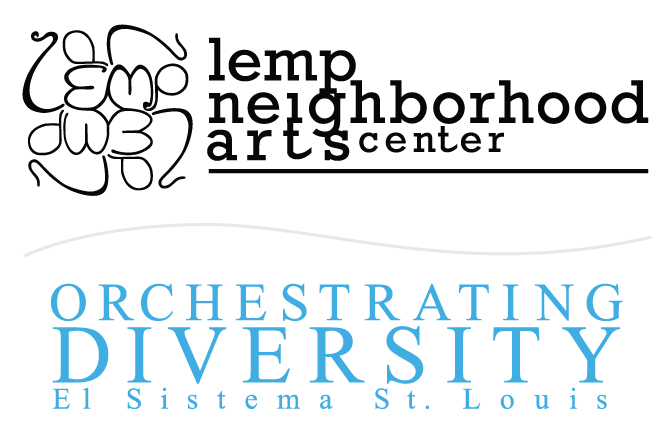D.I.Y. HISTORY
WHAT IS DIY
An abbreviation for “do it yourself”, DIY is a term for a movement among mostly young independent musicians. The DIY movement began in New England in the 1980s with a cluster of cities close enough to make traveling to perform easy for young people. Rather than employing a management firm to book shows, they could request help from other young musicians in setting up a show in a given town. The venues would often host shows in their basements, cutting out the established for-profit businesses.
With the zeal spawned by Ian MacKaye and his band Fugazi, young musicians moved to further remove themselves from the commercial music industry. Rather than paying a studio to record their music, they developed the skills and did it themselves. Rather than paying a company to press vinyl records or to mass-record cassettes, they copied their own cassettes, launching a trend of the cassette as the main vehicle for disseminating new music. Likewise, they learned to silkscreen fabric and printed their own “band shirts” to sell while on tour, defraying some of the costs.


This DIY trend grew along side another trend among young Americans referred to as Straight edge or sXe. Wikipedia designates Straight edge as a “subculture of hardcore punk whose adherents refrain from using alcohol, tobacco, and other recreational drugs, in reaction to the excesses of punk subculture.” The commonly told story is that youth too young to enter bars rebelled against both the bar scene and the often violent, inebriated older punks. Using the “X” drawn on under-aged concert attendees as a badge, they drew it on themselves as a symbol of revolt, and forswore drugs and alcohol. The name may have been derived from the song of the same name composed by Ian McKaye for his band Minor Threat. Straight edge also grew to avoid the consumption of animal products, coffee and other stimulants, and to refrain from casual sex. Many members of the Straight edge movement went on to reject racism, homophobia, sexism, and prejudice against people with disabilities and foreigners. They saw sXe as a rejection of the music industry and the conservatism of the Reagan and Bush eras. For many DIY became another expression of the same rejection of the Culture Industry and capitalism as a whole.
LNAC’s identification as a DIY venue originated in 2002 with the welcoming of the punk and hardcore communities. LNAC also embraced the all-ages idea, and the anti-prejudice and anti-coprporate philosophy of sXe. From that time, the slogan “No Booze-No Drugs-No Jerks” was posted on all publicity for LNAC events.
Over the year DIY fended off attacks from music and media corporations and city governments who favored the bar as a locus for new music. At the same time, since it was a leaderless movement, no further refinement or initiative arose. Concerned with this, as well as encroachment from the music industry, LNAC hosted an afternoon conference on New Years Day, 2012: “DIY NOW = DIT”, as in ‘Do It Together’ which then became DIRT
(Do it, respectfully, together).
IS DIY DEAD?
While the network that once made DIY touring possible has withered in the face of producers, tour managers and PR teams, there are still supporters of this lifestyle and manner of sharing music. Soundcloud and Bandcamp have replaced the cassette trade, but there is still nothing like a live performance in a DIY setting, where you can look directly into the performer’s eyes. LNAC hopes that soon the enefit of live noncommercial concerts will be rediscovered by the music audience at large.


